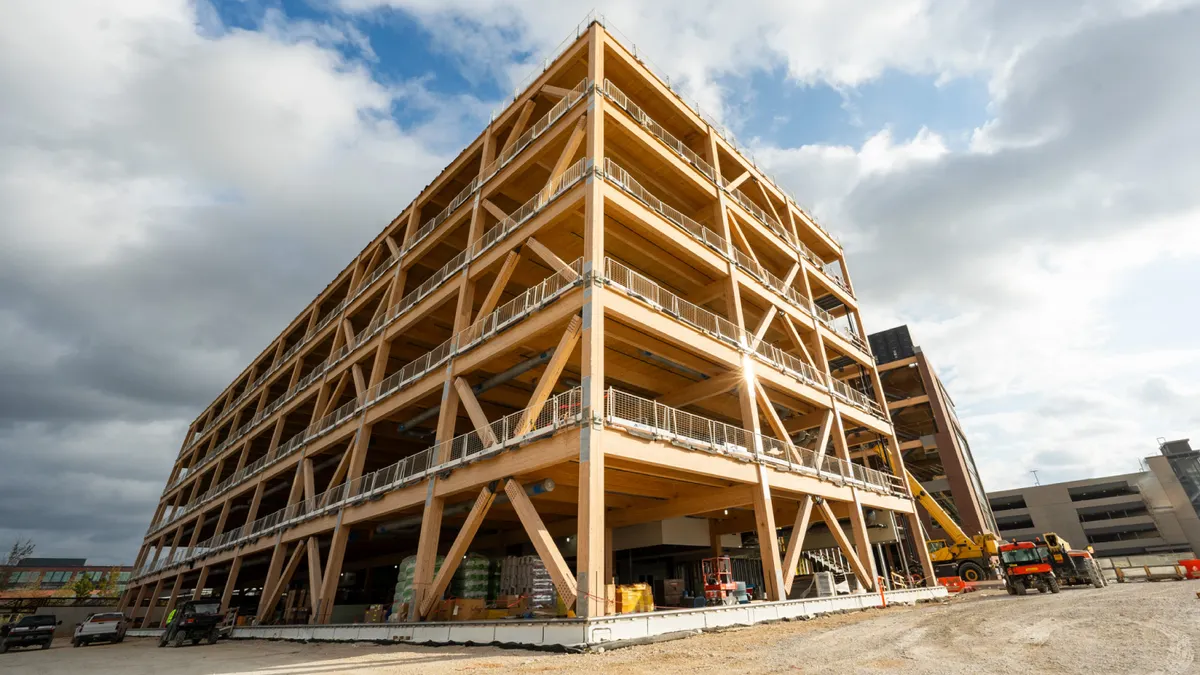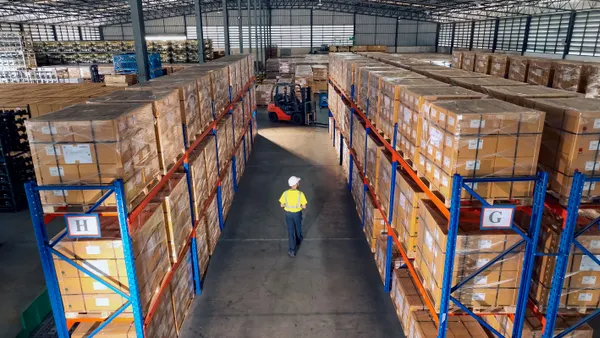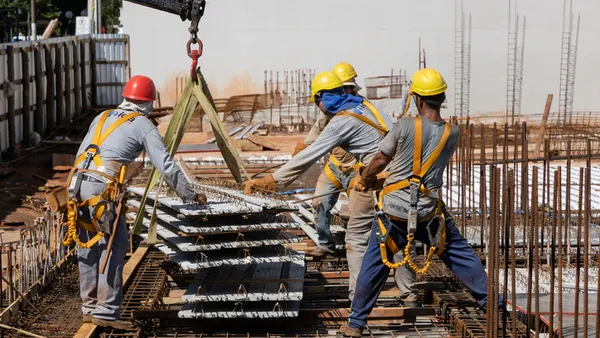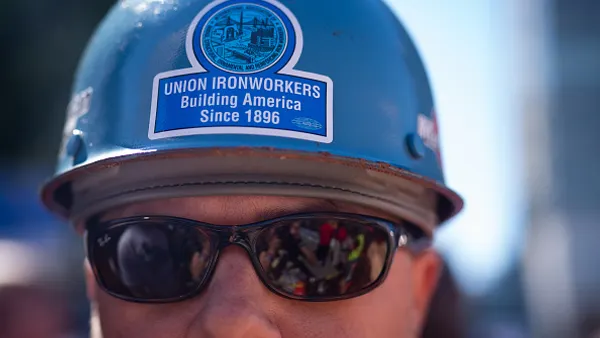New York construction firms are ramping up pay and benefits to stay competitive in a tight labor market, according to a new 2025 study from The Bonadio Group, a New York City-based national accounting and advisory firm.
The report, which surveyed more than 200 contractors in New York, revealed construction firms are feeling the squeeze of overall building costs. Many firms reported they have had to pass along higher costs to clients or simply delay projects altogether.
Both overall and nonresidential input prices are now 0.8% higher than a year ago and sit more than 40% higher compared to February 2020. Meanwhile, the number of quits jumped by 17,000, marking the second straight month of increases.
In response, companies are also investing in workforce development programs, expanding flexible work options and introducing mental health resources to attract and retain talent, said Nancy Cox, construction and real estate industry leader at The Bonadio Group.
Still, despite these efforts, Cox said contractors are not fully taking advantage of available tax credits, which could help alleviate some of these cost concerns.
Here, Cox talks with Construction Dive about New York construction wages, benefit packages and how to stay competitive.
This interview has been edited for clarity and brevity.
CONSTRUCTION DIVE: How are New York contractors adjusting compensation strategies amid labor shortages and materials costs?
NANCY COX: Based on the results of our study, we found that wages have increased by 12.4% on average as labor shortages persist in the industry.

To stay competitive, companies are also implementing other strategies such as offering performance-based bonuses, profit-sharing retirement plans and training and workforce development programs.
For example, about 79% of companies now offer cash bonuses, including performance-based and referral incentives. At the same time, over 90% of construction firms provide retirement plans, most often through profit sharing models that link employee and company success.
Much like most other industries, companies are going to have to implement new tools such as artificial intelligence and other operational efficiencies in order to balance wage growth amongst rising costs.
The study points to a shift toward more personalized benefits. What changes are companies making?
Our survey found that companies are expanding their employee benefits, such as flexible work arrangements, financial planning assistance and mental health support and wellness programs.
Further, companies are investing in advanced safety monitoring systems and smart personal protective equipment to improve worker safety and satisfaction.
What else stood out to you in the report that contractors might be overlooking?
One thing we found interesting is that a majority of the respondents are not currently taking advantage of available federal and state employment tax credits such as the Work Opportunity Tax Credit.
About 82% of respondents were unaware of available federal and state employment tax credits. WOTC is nuanced, but could provide for substantial credits for hiring veterans and underrepresented groups.













